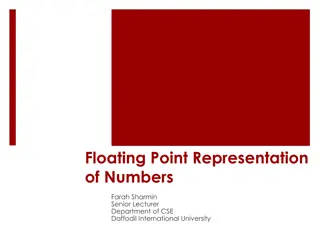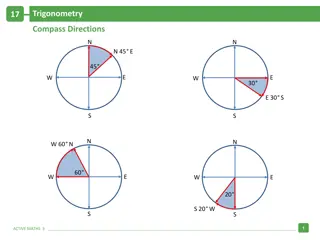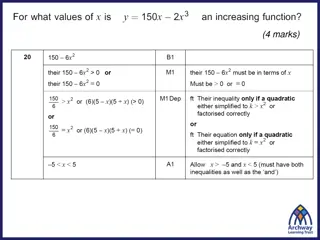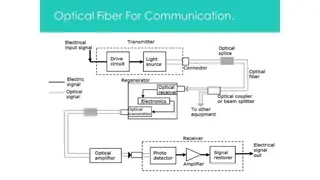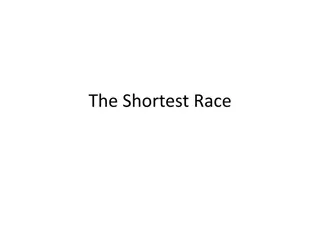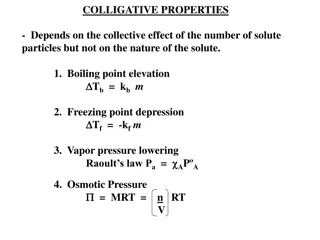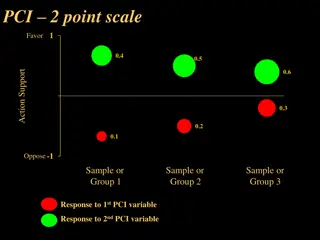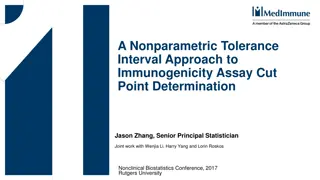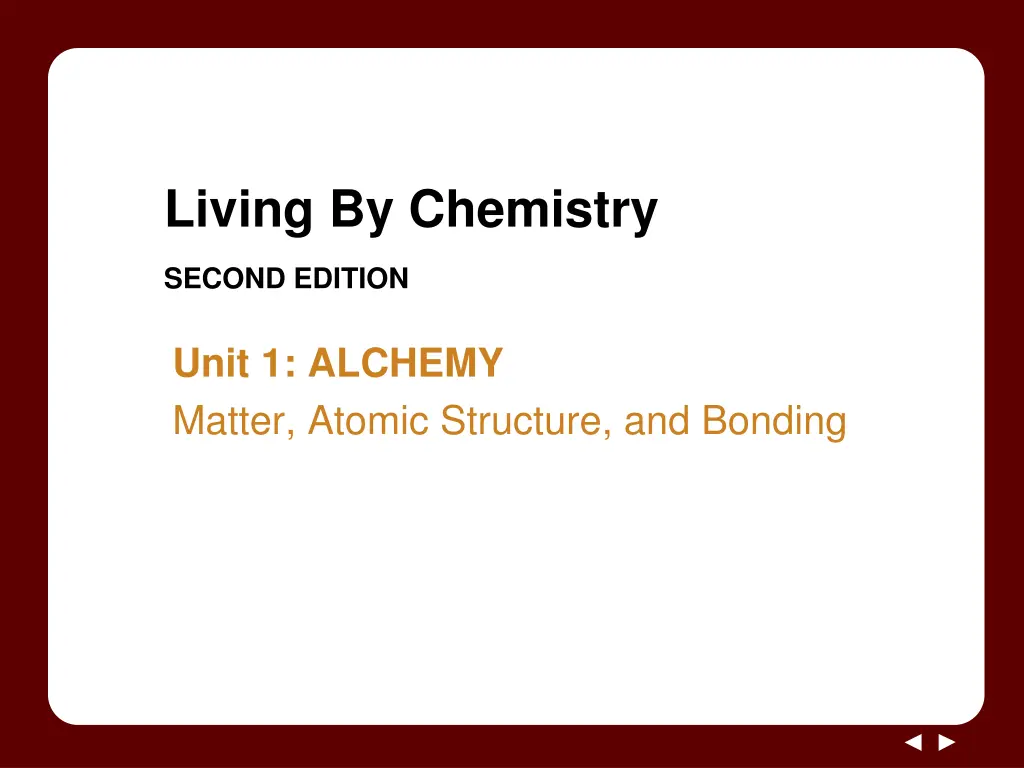
Alchemy and Conservation of Matter in Chemistry Lesson 8
Explore the concept of conservation of matter in chemistry through the alchemy of matter, atomic structure, and bonding. Understand how elements transform in chemical reactions while being conserved. Discover the significance of the copper cycle experiment and its implications in proving the law of conservation of mass.
Download Presentation

Please find below an Image/Link to download the presentation.
The content on the website is provided AS IS for your information and personal use only. It may not be sold, licensed, or shared on other websites without obtaining consent from the author. If you encounter any issues during the download, it is possible that the publisher has removed the file from their server.
You are allowed to download the files provided on this website for personal or commercial use, subject to the condition that they are used lawfully. All files are the property of their respective owners.
The content on the website is provided AS IS for your information and personal use only. It may not be sold, licensed, or shared on other websites without obtaining consent from the author.
E N D
Presentation Transcript
Living By Chemistry SECOND EDITION Unit 1: ALCHEMY Matter, Atomic Structure, and Bonding
Lesson 8: What Goes Around Comes Around Conservation of Matter
ChemCatalyst What do you think happened to the copper powder in the copper cycle experiment when it was mixed with the nitric acid?
Key Question What happens to elements in a chemical change?
You will be able to: explain that the product of chemical reactions depends on what was present at the time of reaction explain that matter cannot be created or destroyed in a chemical reaction
Prepare for the Activity Work in groups of four.
Discussion Notes The Copper Cycle
Discussion Notes (cont.) You could prove that copper was not destroyed by measuring the mass of the copper powder at the beginning and at the end of the experiment. Law of conservation of mass: The law states that mass cannot be gained or lost in a chemical reaction matter cannot be created or destroyed.
Discussion Notes (cont.) No matter what was done to the copper, it was not broken down any further. The observations we have made in the copper cycle lab provide further evidence that the golden penny is not gold.
Wrap Up What happens to elements in a chemical change? Elemental copper can be transformed through chemical reactions and then recovered. We can represent elements with symbols and keep track of them during chemical reactions. Elements combine and recombine but are not created or destroyed in chemical reactions.
Check-In Sodium chloride, NaCl (aq), is added to silver nitrate, AgNO3 (aq), resulting in NaNO3 (aq) and a white solid. Identify the white solid from the list below. Explain your choice. A. AgCl (s) B. AgCl (aq) C. AgNO3(s) D. NaCl (s)





